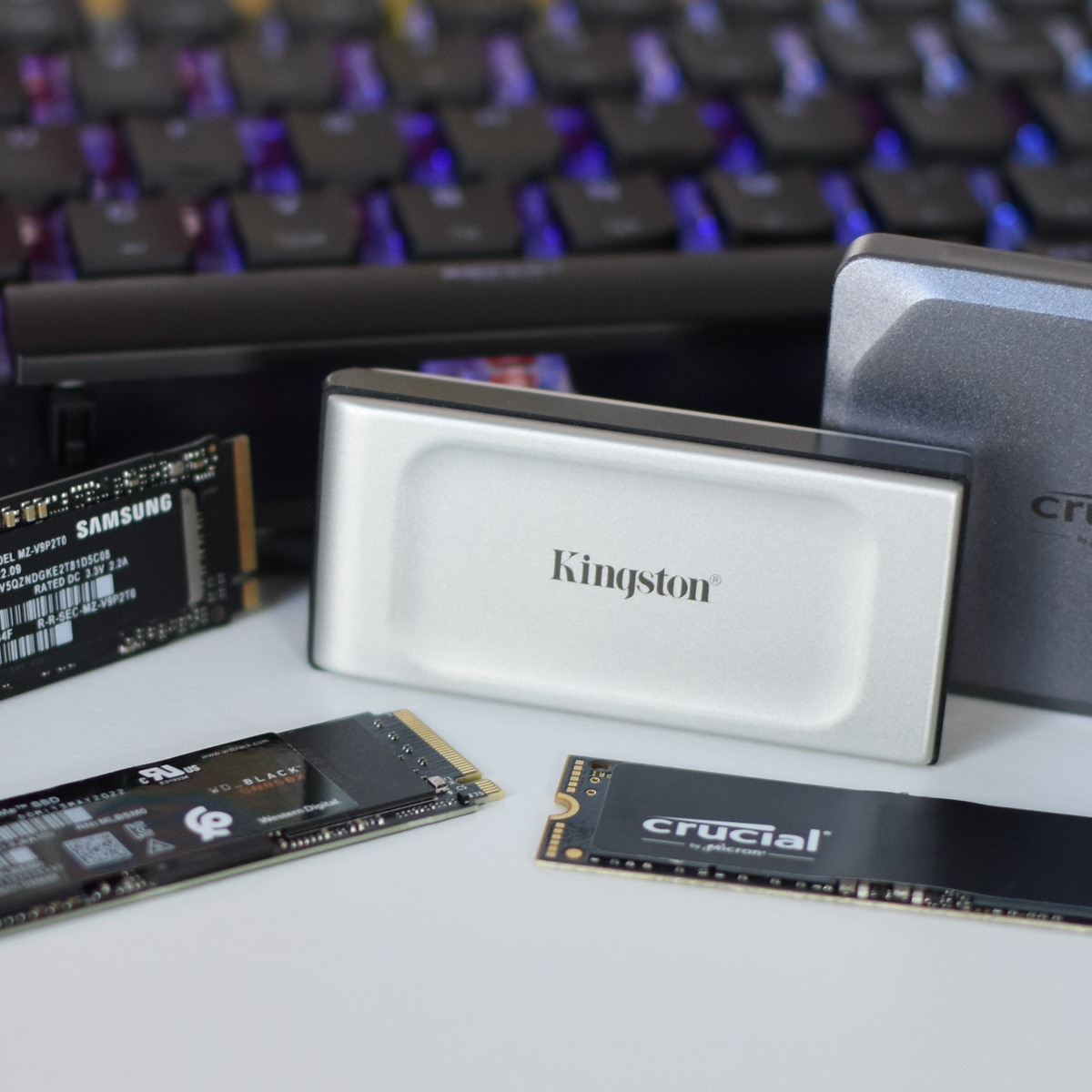Memory By Brand
Memory By Capacity
Memory By Type
CPU By Socket
HDD BY BRANDS
HDD by Interface
SSD by Brand
SSD by Interface
SSD by Form Factor
SSD by Flash Type
MB By Socket
MB By Brand
MB by Chipset
MB by Interface
Video Cards By Brand
VCB by Interface
Power Supply By Brand
Power Supply by Interface
Types of SSDs in the 21st Century: Evolution and Variants
The 21st century has witnessed a remarkable evolution in storage technology, with Solid State Drives (SSDs) emerging as a significant player in the computing landscape. As SSDs gained prominence, various types of SSDs emerged to cater to different performance requirements and applications. Let's explore some of the common types of SSDs that have shaped the digital storage landscape in the 21st century.
1. SATA SSDs:
SATA (Serial Advanced Technology Attachment) SSDs marked one of the initial advancements in the realm of SSD technology. These drives maintained compatibility with existing SATA interfaces, making them an easy upgrade option for users seeking improved performance without changing their existing hardware setup. SATA SSDs showcased faster read and write speeds compared to traditional Hard Disk Drives (HDDs), providing a noticeable boost in system responsiveness and data transfer rates.
2. MLC and TLC NAND SSDs:
MLC (Multi-Level Cell) SSDs: MLC NAND flash technology allowed for multiple bits to be stored in a single cell, enabling higher data storage capacities and improved performance. MLC SSDs offered a balance between performance and cost-effectiveness, making them popular among consumers and professionals alike.
TLC (Triple-Level Cell) SSDs: As NAND technology progressed, TLC SSDs emerged, packing even more data into each cell. While TLC SSDs provided higher storage capacities at lower costs, they were generally associated with slightly lower endurance due to the increased complexity of storing multiple bits in a cell.
3. PCIe and NVMe SSDs:
PCIe SSDs: The introduction of PCIe (Peripheral Component Interconnect Express) interfaces brought about a new era in SSD performance. PCIe SSDs leveraged the high-speed capabilities of the PCIe interface, providing significantly faster data transfer rates than SATA-based SSDs. They became popular in high-performance computing environments where speed was paramount.
NVMe SSDs (Non-Volatile Memory Express): NVMe technology revolutionized SSDs performance by utilizing the low-latency and high-speed characteristics of NAND flash memory. NVMe SSDs utilized the PCIe interface and introduced a new protocol optimized for SSDs. These drives brought about a new level of speed, making them ideal for applications requiring rapid data access.
4. Enterprise and Data Center SSDs:
Enterprise and data center environments demanded even higher performance and reliability from SSDs. Enterprise SSDs were designed to handle heavy workloads, boasting enhanced endurance, power loss protection, and advanced error correction mechanisms. These drives played a critical role in powering cloud computing, big data analytics, and other enterprise applications.
5. QLC and Beyond:
QLC (Quad-Level Cell) SSDs: Continuing the trend of packing more data into each cell, QLC SSDs emerged with the ability to store four bits per cell. While these drives offered impressive storage capacities at competitive price points, they were generally associated with lower endurance compared to MLC and TLC counterparts. As we progress through the 21st century, SSD technology continues to evolve. New advancements in NAND technology, 3D stacking, and storage controller innovations are contributing to increased performance, reliability, and storage capacities.
Conclusion
The 21st century has seen a diverse range of SSD types catering to various computing needs. From SATA SSDs to high-speed NVMe SSDs, these storage solutions have redefined the way we interact with data, offering enhanced speed, reliability, and efficiency for a wide array of applications.
Cant find the right SSD? Get in touch today for getting expert guidance!

